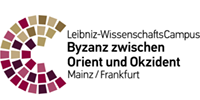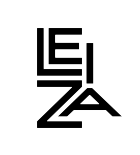Constantinople and Central Europe in the 16th century
The research project involves the study of texts by German visitors to 16th-century Istanbul (e.g. Gerlach, Leonclavius, and Schweigger), cross-referencing with contemporary Greek texts (chronicles, Patriarchal archives, and works of scholars such as the Malaxos brothers and the Zygomalas family) and other accounts of the city (e.g. the description of the French scholar Pierre Gilles), as well as with German literature of the Early Reformation. Visual evidence, such as representations and maps of Constantinople (e.g. those in Hartmann Schedel’s Weltchronik) is also taken into consideration. The information from the texts will be used to reconstruct the appearance of the monuments at the time and their role in the city’s physiognomy. At the same time, manuscripts imported from Istanbul to central European cities will also be studied, since they constitute tangible evidence of cultural interaction between the German and the post-Byzantine worlds; their provenance from specific Constantinopolitan libraries can elucidate the movements of their owners within the Ottoman capital and from there to the West (such as O. Ghislain de Busbecq in Vienna and J. Hartung in Freiburg).
The result of the project will be an updated image (and map) of the Byzantine legacy of Constantinople, as it was preserved and transformed in 16th-century Istanbul and seen through German eyes. This combined approach will open new directions in the study of the post-Byzantine and early Ottoman worlds, by linking sixteenth-century realities to the Byzantine background, as well as by placing early Modern Istanbul in the context of the international political and religious scene. The project aims to enhance the focus on religious dialog and humanist activity by demonstrating where exactly the events took place, what the visitors saw, and how the Byzantine past influenced the contact between East and West.
Sponsorship:
Leibniz ScienceCampus - Byzantium between Orient and Occident - Mainz/Frankfurt












